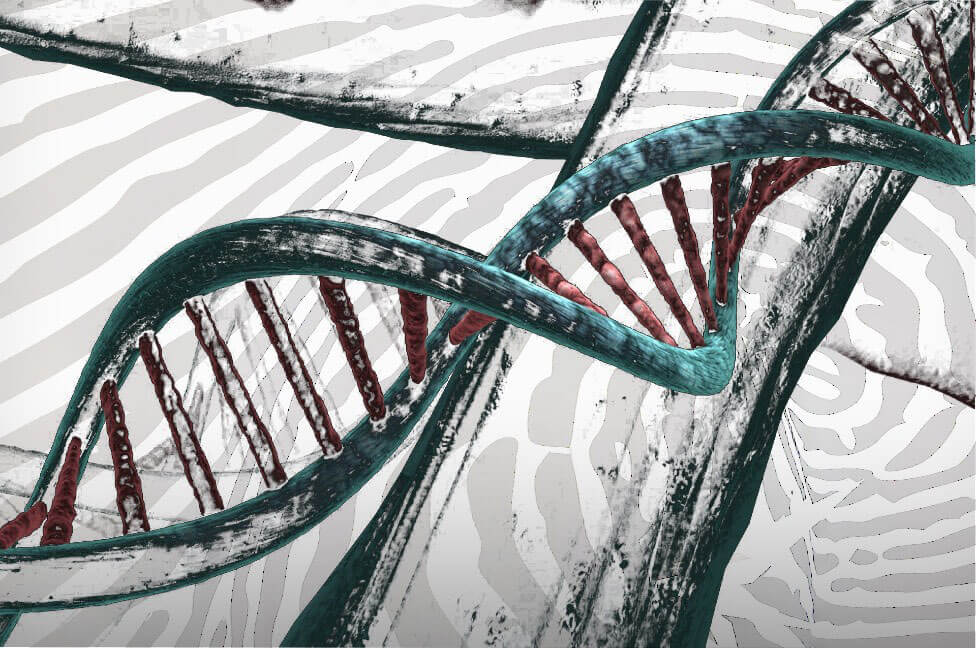Decoding Identity: Understanding the Differences Between DNA and Fingerprint Processing
01/05/2024
by Kourosh Nikoui | Jan 5, 2023 | Differences Between DNA and Fingerprints | Fingerprint I DNA
In the realm of forensic science, the quest for identification often relies on two powerful tools: DNA analysis and fingerprint processing. While both play vital roles in unraveling mysteries and solving crimes, they operate on distinct principles and offer unique insights into the identity of individuals. Join us as we explore the differences between DNA and fingerprint processing, highlighting their respective strengths and the crucial roles they play in forensic identification.
DNA Analysis: The Genetic Blueprint
DNA analysis, also known as DNA profiling or DNA fingerprinting, involves examining the unique genetic code found within an individual’s cells. This code, encoded in the structure of DNA molecules, serves as a blueprint for an individual’s traits and characteristics. DNA analysis relies on specialized techniques to isolate, amplify, and analyze specific regions of the DNA molecule, known as genetic markers, which vary among individuals.
Fingerprint Processing: The Mark of Identity
Fingerprint processing, on the other hand, relies on the distinctive patterns of ridges and furrows found on the skin’s surface. These patterns, known as fingerprints, are formed during fetal development and remain largely unchanged throughout a person’s life. Fingerprint processing involves capturing, visualizing, and analyzing these unique patterns to create a record of an individual’s identity.
Distinctive Features
While both DNA analysis and fingerprint processing aim to identify individuals, they operate on different principles and offer distinct advantages:
- Uniqueness: DNA analysis relies on the uniqueness of genetic markers within an individual’s DNA, which can be used to establish a match between a sample and a known reference. Fingerprint processing similarly relies on the uniqueness of fingerprint patterns, which can be compared to known records to establish identity.
- Stability: DNA analysis is highly stable and resistant to environmental factors, making it suitable for analyzing degraded or contaminated samples. Fingerprint patterns are also stable and largely resistant to environmental factors, making them reliable forms of identification even in challenging conditions.
- Complementarity: DNA analysis and fingerprint processing are often used together to provide complementary evidence in forensic investigations. While DNA analysis can provide strong evidence of identity, fingerprint processing can provide additional corroborating evidence or help establish links between individuals and crime scenes.
Importance in Identification
Both DNA analysis and fingerprint processing play crucial roles in forensic identification, offering unique insights and complementary strengths:
- DNA Analysis: DNA analysis is particularly useful for identifying individuals based on biological evidence such as blood, saliva, or hair found at crime scenes. It can also be used to establish familial relationships, identify missing persons, and exonerate individuals who have been wrongly accused or convicted.
- Fingerprint Processing: Fingerprint processing is indispensable for identifying individuals based on physical evidence such as fingerprints left at crime scenes or on objects associated with criminal activity. Fingerprint records are also used for background checks, security clearances, and various administrative purposes.
Conclusion
In the world of forensic science, the combination of DNA analysis and fingerprint processing represents a powerful arsenal for unraveling mysteries and solving crimes. While each technique operates on distinct principles, they share a common goal: to provide accurate and reliable identification of individuals based on unique biological and physical characteristics. By understanding the differences between DNA and fingerprint processing and leveraging their respective strengths, forensic investigators can achieve justice and uphold the rule of law, one case at a time.
“Forensic Practitioner and Specialist Kourosh Nikoui, Principal Consultant and CEO of Nikoui & Associates, Forensic Identification Services & Consulting, Inc., has over 38 years of full-time experience in forensic science and criminal justice with various law enforcement agencies, government, and private entities. Mr. Nikoui, a court-qualified expert, is a Certified Latent Print Examiner, Certified Senior Crime Scene Analyst, and Certified Forensic Photographer by the International Association for Identification. He has testified as an expert witness over 150 times in California Superior and U.S. Federal Courts, processed evidence in over 30,000 criminal and civilian cases, and served as a consultant to numerous law enforcement agencies. Mr. Nikoui holds a BFA degree from USD and is an active member of multiple forensic science organizations. He can be reached directly by calling (888) 485-0832 or by email at [email protected].”
